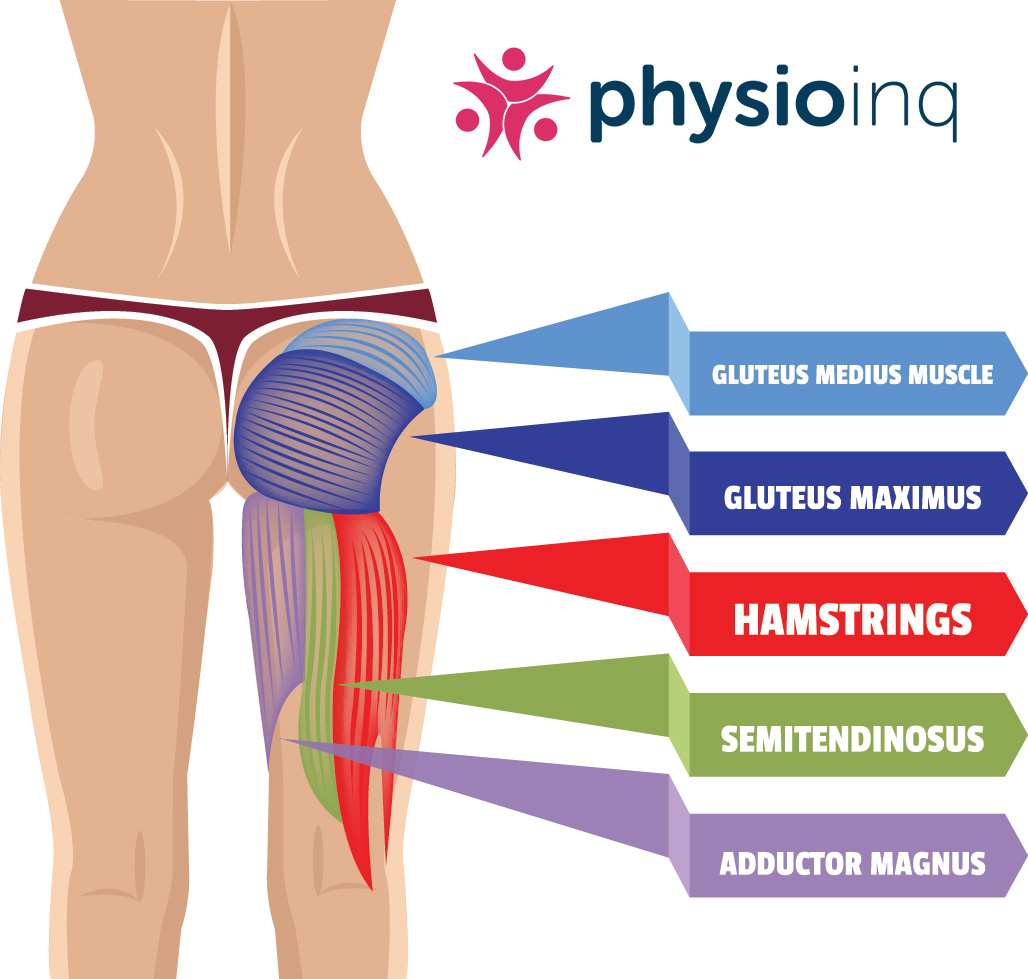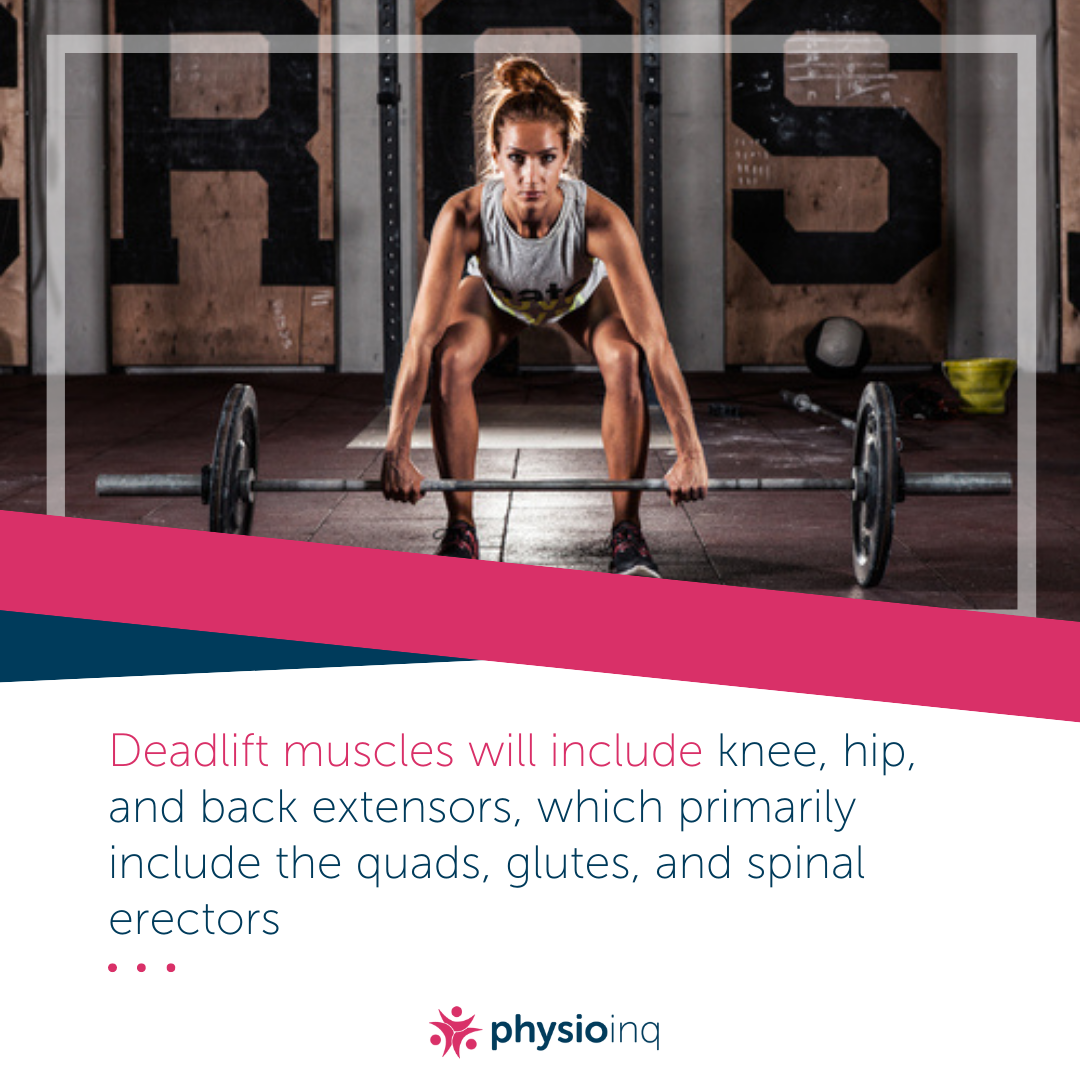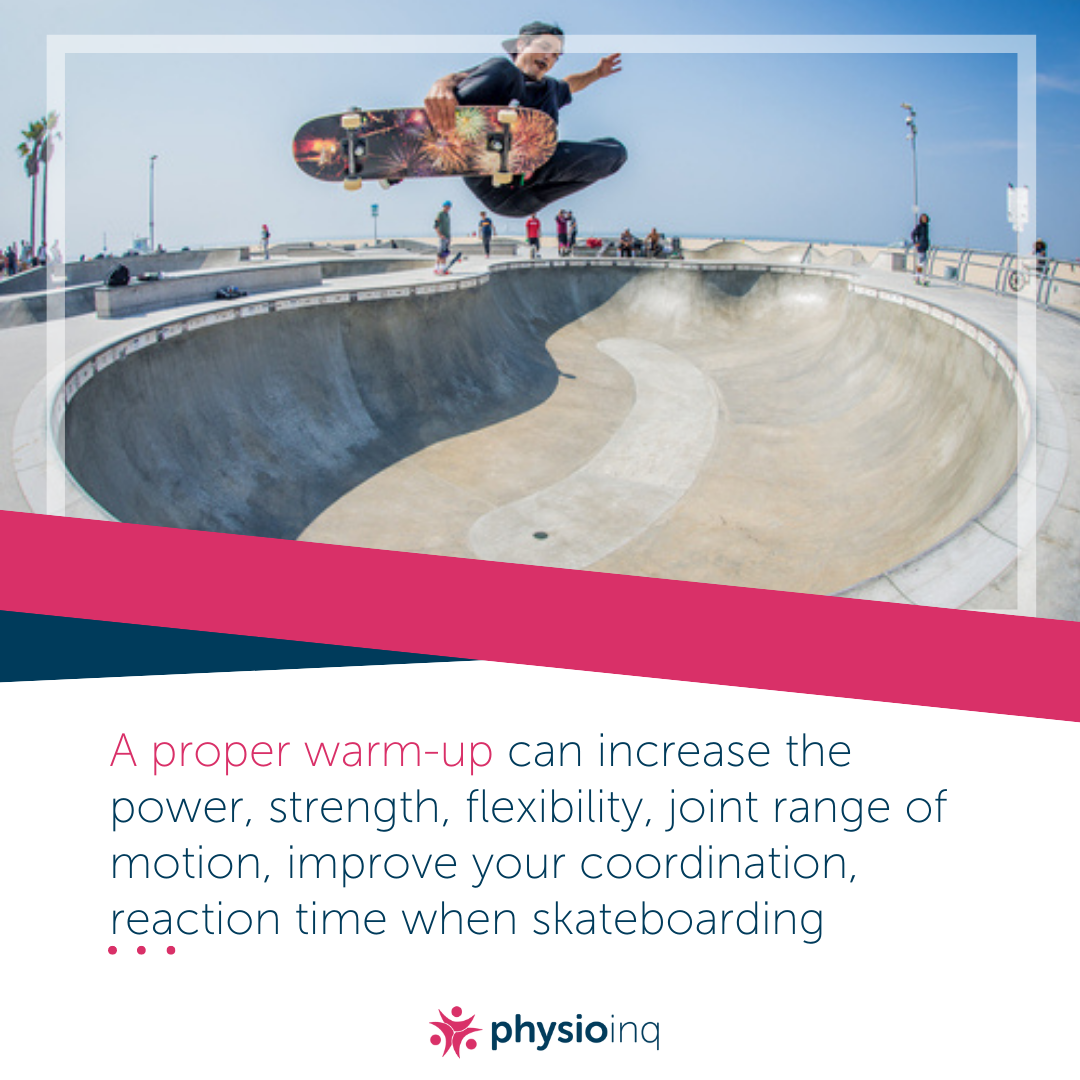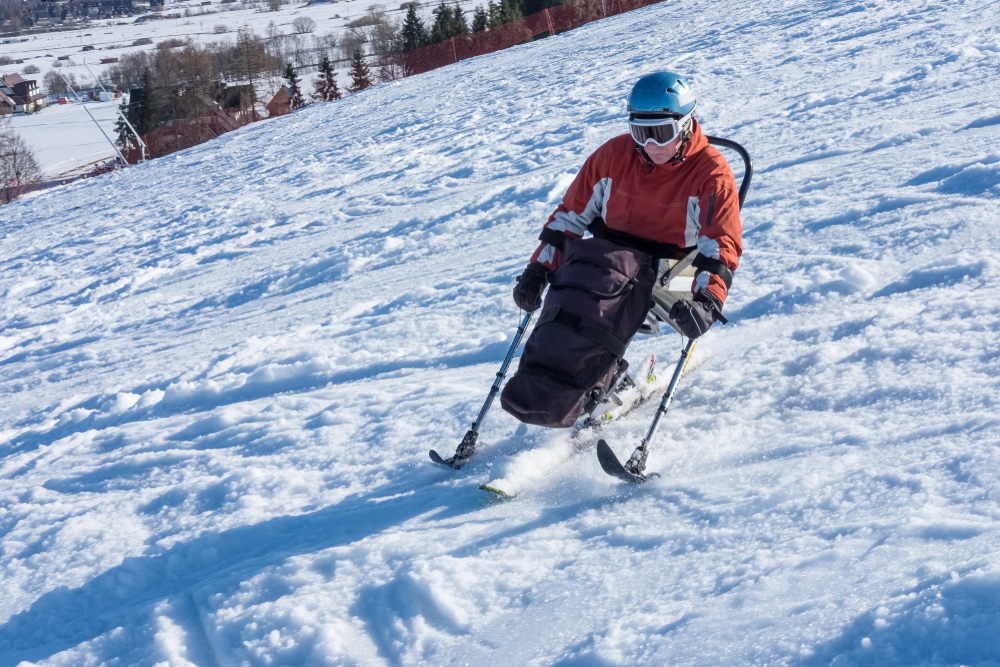The hamstrings are a group of muscles that are found along the back of the thigh. These muscles are: biceps femoris, semimembranosus and semitendinosus. They are responsible for bending your knee and extending you hip.
Hamstring injuries are caused by the overloading or overstretching of the hamstrings. A hamstring injury can be related to the muscle or the tendon.

Hamstring strains are graded according to their severity:
- Grade 1 strain is mild and usually heals readily;
- Grade 2 there is immediate pain with a minimum of four to eight weeks recovery;
- Grade 3 strain is a complete tear of the muscle that will take months to heal and may require surgery.
Most hamstring injuries occur at the musculotendinous junction (where muscle and tendon join) or the muscle belly (the thick, central part of the muscle).
Types of hamstring injuries
- Acute hamstring injury
- Chronic hamstring injury
Acute Hamstring Injury include:
Sprinting related acute hamstring strain
This occurs during track and field events like sprinting, hurdling, jumping or kicking. It can be due to the heavy loading of the hamstring muscles. During sprinting, hamstring muscles are used to decelerate the shin bone just before the foot strikes the ground. It is at this point, the swing phase, that the hamstring injury is most likely to occur. Research has shown that in these injuries the bicep femoris is most likely damaged.
Stretch related acute hamstring strain
It is most often seen in dancers, martial artists, and gymnasts. It occurs when the hip is flexed and the muscles are stretched excessively. It mostly occurs in the semimembranosus muscle of the hamstring.
Chronic Hamstring Injury:
Most chronic injuries related to the hamstrings is a tendinopathy. The continual force created by the muscle pulling on the tendon causes it to become inflamed. Over time if the tendon isn’t allowed to heal, the tendon becomes chronically swollen and inflamed.
Treatment for a hamstring injury
- See a physiotherapist as quickly as possible.
- Be as active as possible, do not sit and rest.
- Icing may help to reduce pain and swelling during the initial injury.
- Your GP may prescribe anti-inflammatories, however the use for only 2-3 days.
- Compression bandage or wrap reduces swelling.
- Gradually increase stretching and strengthening exercises as recommended by the physiotherapist
Prevention of hamstring injury
- Warm up properly before any physical activity
- Don’t return to sport to quickly. Work with your physiotherapist to set goals to be achieved to return to sport.
- Increase your physical workload by 5-10% each week.
Date Published: Wednesday, August 8, 2018
Date Modified: Wednesday, July 3, 2024
Locate a Mobile Physiotherapy
Service Near me
Get the experience & convinence you deserve to support your or a loved one's allied health needs.
Our Mobile Physiotherapy team are currently serving & taking appointments in the following states and regions in Australia:
New South Wales
- Blacktown
- Blue Mountains
- Campbelltown And Macarthur
- Canterbury-Bankstown
- Eastern Suburbs Sydney
- Georges River
- Hawkesbury
- Inner East Sydney
- Inner West Sydney
- Lake Macquarie
- Lower North Shore
- Newcastle
- Northern Beaches
- North Sydney
- Parramatta
- Penrith
- Southern Highlands
- South West Sydney
- Sutherland Shire
- Sydney CBD
- The Hills Shire
- Upper North Shore
- Waverley
- Wollongong
Tasmania
Victoria
Need to get into direct contact with ur Client Services team? We're all ears. Call our team directly on 1300 731 733












